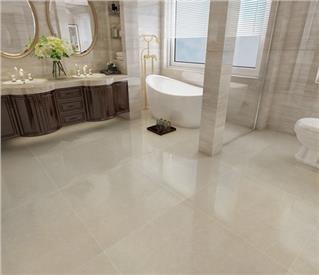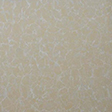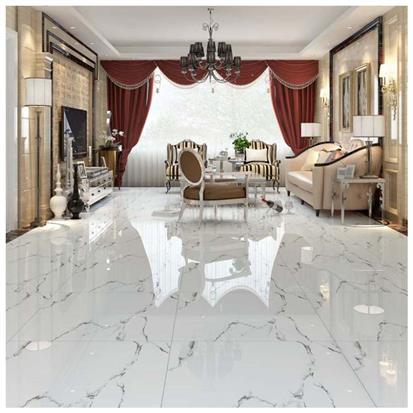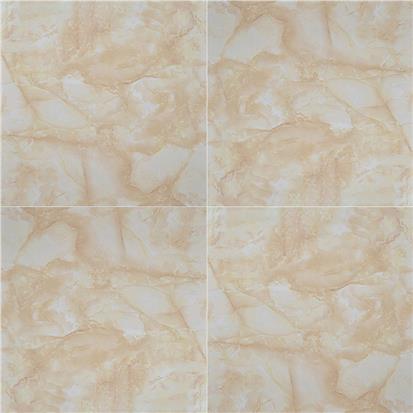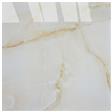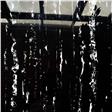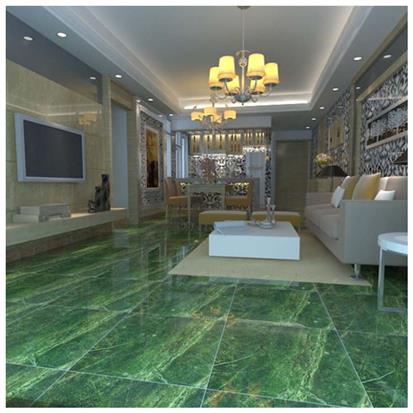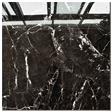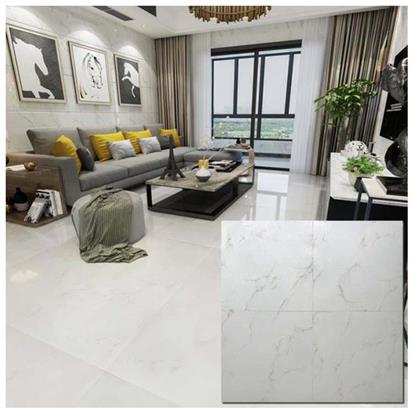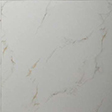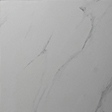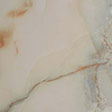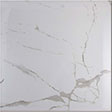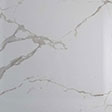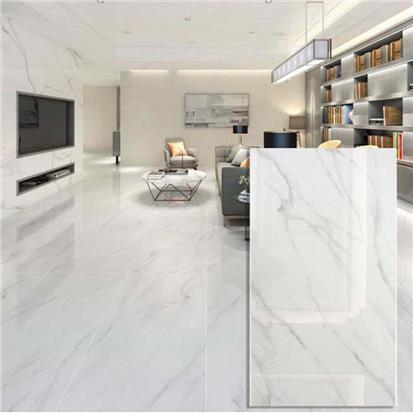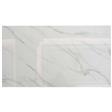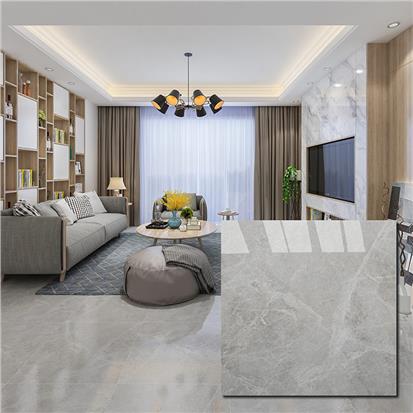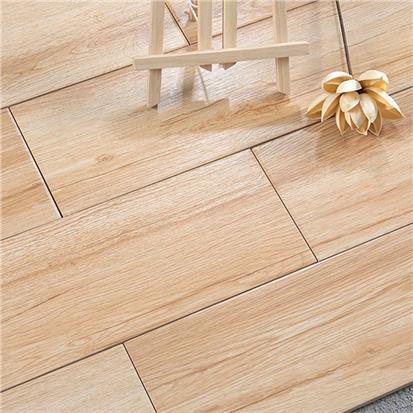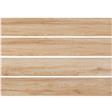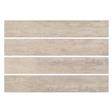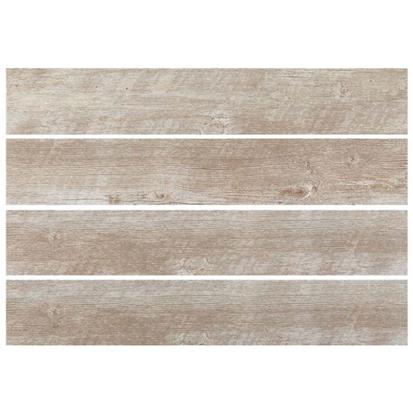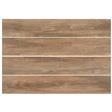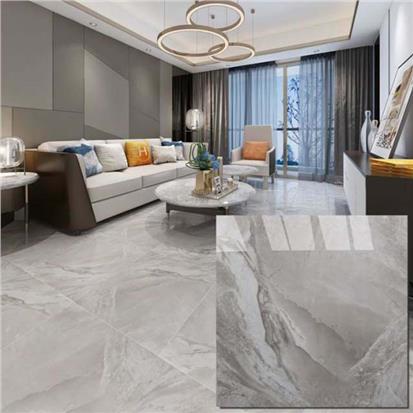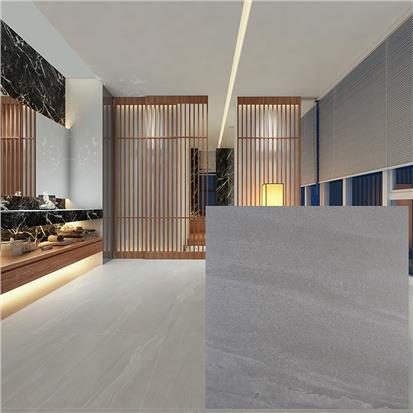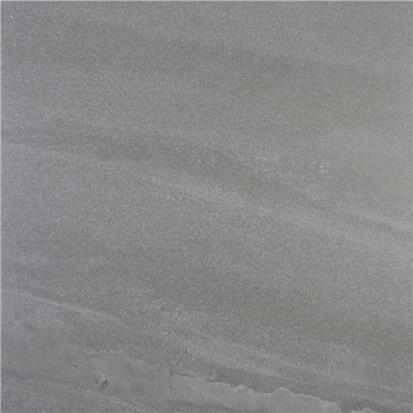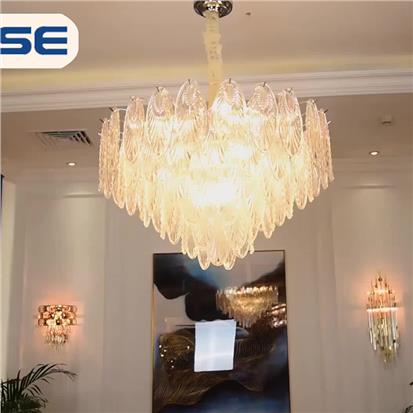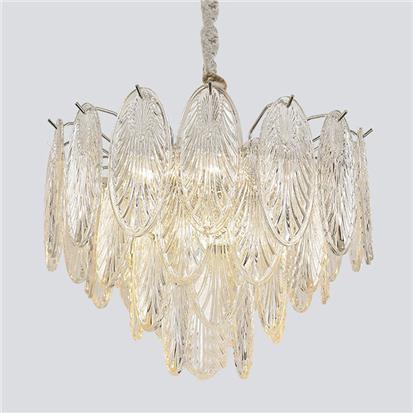When choosing the best tile for your space, the debate between ceramic vs porcelain tile is one that homeowners, designers, and contractors often face. Both materials are widely used in residential and commercial projects, and while they might look similar at first glance, they have key differences in composition, durability, water resistance, and price.
In this comprehensive guide, we’ll break down the major distinctions between ceramic and porcelain tiles, analyze their pros and cons, and help you decide which option suits your project best—whether it's a bathroom, kitchen, outdoor patio, or commercial setting.
What Is Ceramic Tile?
Ceramic tile is made from a mixture of clay, sand, and water that’s molded into shape and baked at high temperatures. It typically has a softer composition and is often glazed to provide color and finish.
Key Features:
Softer and more porous than porcelain
Often available in a wider range of colors and textures
Typically easier to cut and install
Ideal for light to moderate foot traffic areas
What Is Porcelain Tile?
Porcelain tile is a type of ceramic tile, but it's made from a more refined clay and fired at higher temperatures. This results in a denser, harder, and less porous material, making porcelain tile an excellent choice for demanding environments.
Key Features:
Extremely durable and scratch-resistant
More water-resistant than standard ceramic tile
Suitable for both indoor and outdoor use
Often mimics the look of stone or wood
Ceramic vs Porcelain Tile: Head-to-Head Comparison
| Feature | Ceramic Tile | Porcelain Tile |
|---|---|---|
| Durability | Moderate | High – best for high-traffic areas |
| Water Absorption | Higher (more porous) | Low (less than 0.5%) |
| Installation Difficulty | Easier to cut and handle | Harder, may require special tools |
| Design Variety | Wide range of colors and textures | More premium looks (stone, marble) |
| Price | More affordable | Typically more expensive |
| Weight | Lighter | Heavier |
| Outdoor Use | Not recommended in freezing temps | Excellent for outdoor applications |
Porcelain Tile Durability: A Clear Advantage
One of the standout features of porcelain tile is its superior strength and wear resistance. Thanks to its high-density composition, it’s extremely durable and can withstand heavy foot traffic, scratches, and impact—making it ideal for:
Hallways and entryways
Commercial floors
Outdoor patios
High-moisture areas like bathrooms and kitchens
In fact, porcelain tile is often rated as a PEI Class 4 or 5 product, meaning it can endure serious wear and tear. If longevity is your top priority, porcelain is usually the better investment.
Ceramic Tile Installation: Simpler and Budget-Friendly
Ceramic tile, while less durable than porcelain, has the advantage of being easier to cut and install, especially for DIY homeowners. Its lighter weight and softer body allow installers to work more efficiently, making it ideal for:
Low-traffic rooms like bedrooms or powder rooms
Wall applications like backsplashes
Decorative tile designs
For those on a tighter budget, ceramic tile offers excellent value with beautiful design options at a more affordable price point.
Water Resistance: Why Porcelain Wins for Wet Areas
When it comes to water absorption, the difference between ceramic and porcelain tile is substantial. Porcelain has an absorption rate of less than 0.5%, making it virtually waterproof. This makes it perfect for:
Shower floors and walls
Outdoor areas exposed to rain or snow
Poolside applications
Ceramic tile, on the other hand, can absorb more water and may not perform well in wet or freezing environments, as moisture can seep in and cause cracking over time.
Style and Aesthetic Options
Both ceramic and porcelain tiles come in a wide variety of colors, shapes, and patterns. However, porcelain tiles often mimic the look of natural stone, concrete, or even wood, using advanced digital printing techniques for an authentic feel.
Ceramic tiles offer more decorative options with glazed finishes in vibrant colors and patterns, ideal for accent walls and artistic layouts.
If you're looking for high-end realism, porcelain tile is the go-to. For playful or decorative tiling, ceramic remains a favorite.
Cost Comparison: Ceramic Is Easier on the Wallet
Ceramic tiles are generally less expensive than porcelain in both material cost and installation. This is due to:
Lower manufacturing costs
Easier installation
Lower-density materials
Porcelain tile, while more expensive, offers better long-term value in high-use areas due to its durability and low maintenance needs.
Where to Use Ceramic vs Porcelain Tile
| Area | Best Tile Type | Why |
|---|---|---|
| Bathroom Walls | Ceramic | Lightweight, easy to install |
| Shower Floors | Porcelain | Low water absorption, high slip resistance |
| Kitchen Flooring | Porcelain | Withstands heavy traffic, easy to clean |
| Backsplashes | Ceramic | Decorative options, cost-effective |
| Outdoor Patios | Porcelain | Freeze-resistant, weatherproof |
| Commercial Spaces | Porcelain | Extremely durable and low-maintenance |
Environmental and Maintenance Factors
Both tile types are relatively eco-friendly, especially when manufactured using sustainable practices. They’re also hypoallergenic and easy to clean.
However, porcelain requires less maintenance over time due to its superior resistance to staining and water damage. Ceramic tiles may need resealing of grout lines more often in high-moisture environments.
Common Questions About Ceramic vs Porcelain Tile
1. How can I tell if a tile is porcelain or ceramic?
Check the product label or manufacturer’s specifications. Porcelain is typically denser and heavier. You can also do a water absorption test—porcelain absorbs much less moisture than ceramic.
2. Can I use ceramic tiles outdoors?
Generally, no. Ceramic tiles are more porous and may crack in freezing temperatures. Use porcelain instead for outdoor use.
3. Which is easier to maintain?
Porcelain is easier to maintain over time because it’s less porous and more stain-resistant. Ceramic is still low-maintenance but may need more attention in moist areas.
Choosing between ceramic vs porcelain tile depends on your specific needs, budget, and the environment where the tile will be installed.
Choose porcelain tile for durability, moisture resistance, and long-term value—especially in outdoor or high-traffic areas.
Choose ceramic tile for affordability, ease of installation, and decorative appeal—perfect for walls, backsplashes, and lower-impact spaces.
Ultimately, both ceramic and porcelain offer versatile, beautiful, and long-lasting solutions for your home. Understanding their differences allows you to make the right decision for your project.
 EN
EN FR
FR PT
PT AR
AR
